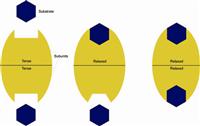 Understand the chemical Processes that are at work inside Human or animal bodies.
Understand the chemical Processes that are at work inside Human or animal bodies.
Job Prospects
A knowledge of biochemistry can be useful in many types of jobs (eg. lab assistant to medical receptionist, food industries, fitness industries). Becoming a biochemist requires a great deal more than this one course, but between this course and a full university degree in biochemistry, there are many different vocations you could settle into, and taking this course can be the first step.
This course deals with the chemistry of animals and humans. Some secondary school chemistry will be helpful though it is not essential to success in this course